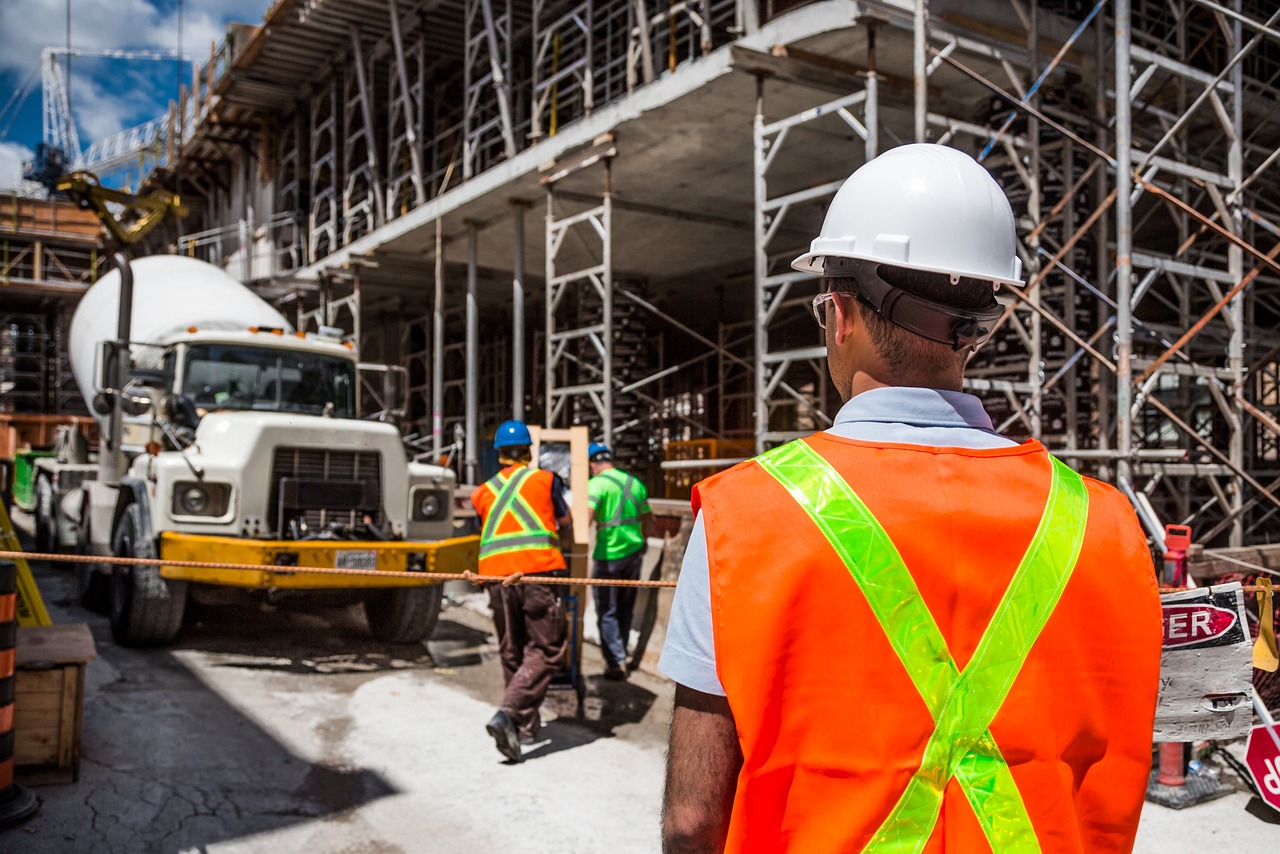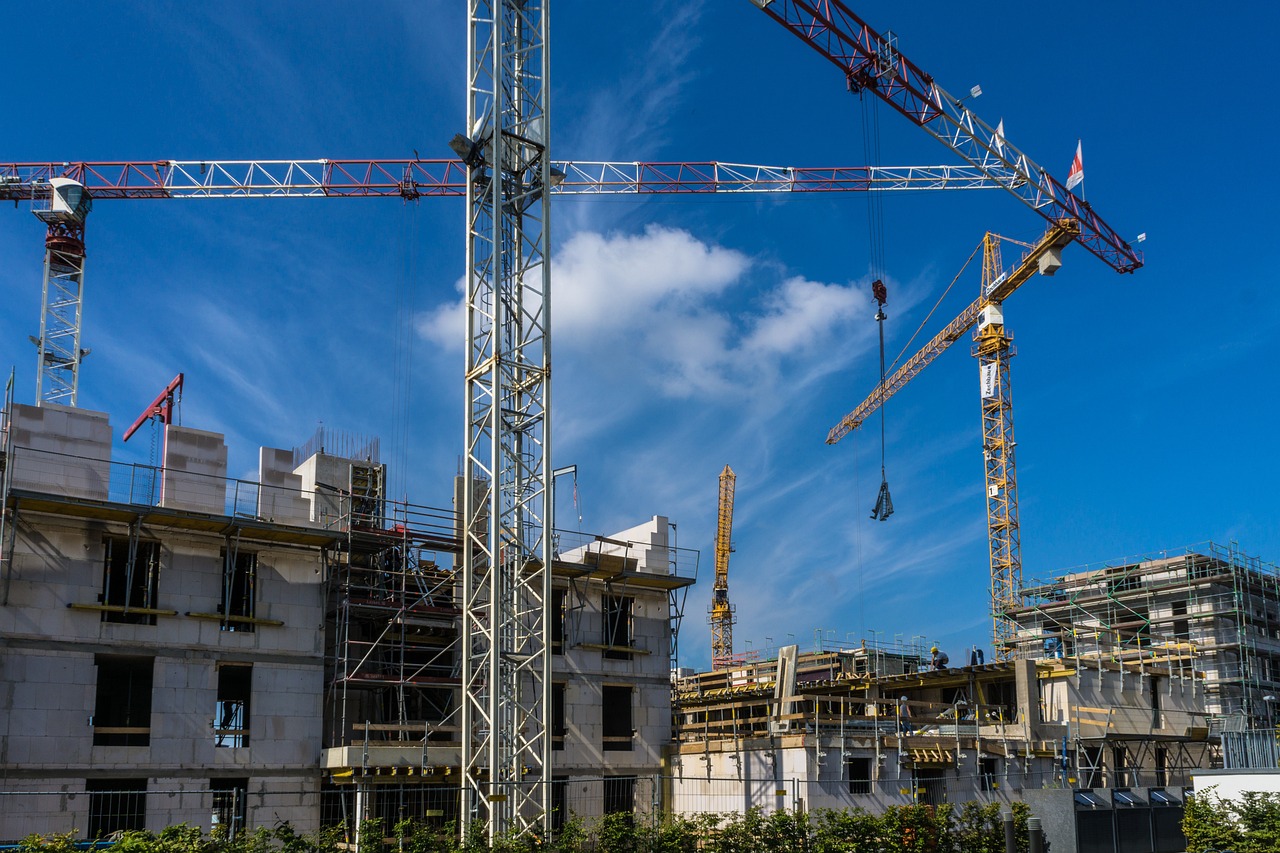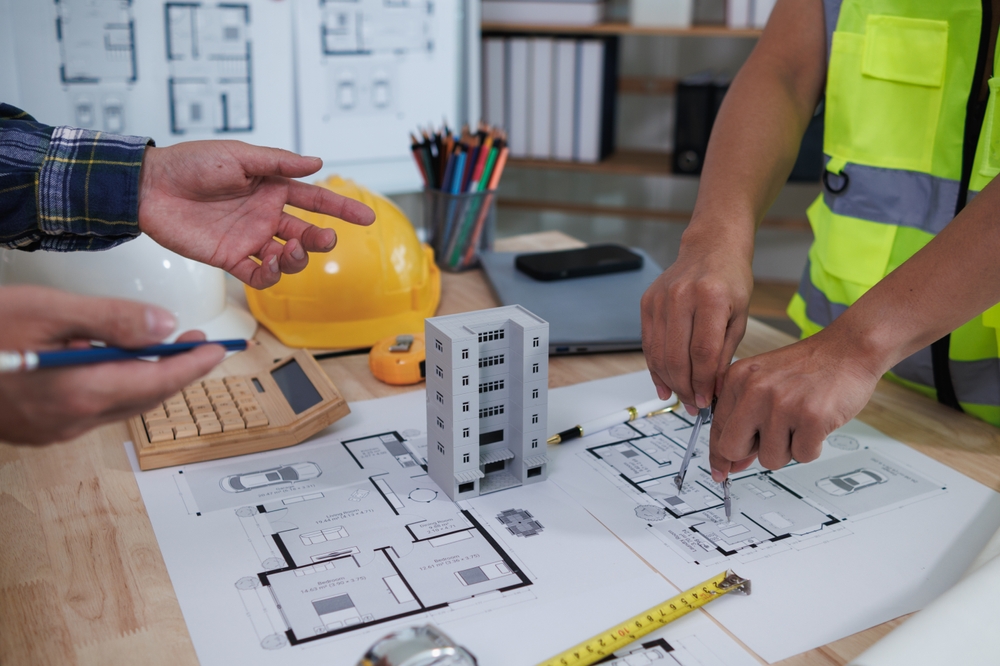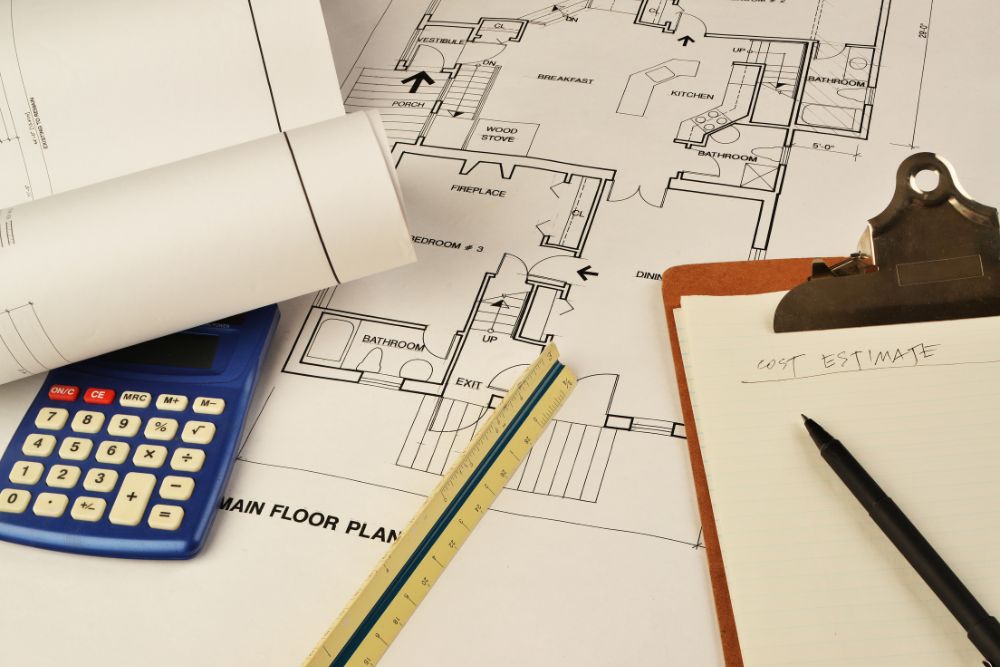Constructing a new house is thrilling — but determining how much it will cost can be stressful. People usually begin their projects without understanding all costs which results in financial difficulties as well as project delays.
Actually, almost 1 in every 3 American homeowners experience budgetary problems throughout construction. The expenses can surge due to shifting prices of materials, permit charges, and the rates of laborers. Unless you prepare well ahead of time, you may find yourself paying a lot more than you anticipate.
That’s why an estimator for home construction is so valuable. Whether it’s software, an online program, or a professional, a good estimator informs you of your overall costs before you construct — so you’re not surprised down the line.
Here in this blog, we will guide you through the steps of how to estimate the construction cost of a new house, what influences your budget, and how you can save without losing out on what you desire.
Why Accurate Cost Estimation Matters
Accurate cost estimation is the foundation for a smooth building experience. Here’s why it’s so important:
- Avoid budget overruns: Without proper planning, you could run out of money before your home is finished.
- Secure financing: Lenders want to see realistic estimates before approving your construction loan.
- Compare contractor bids: Knowing what things should cost helps you spot red flags and avoid being overcharged.
U.S.-Specific Challenges
In the United States, estimating costs comes with some unique challenges:
- Regional pricing: The cost of building in California is very different from building in Ohio.
- Permit requirements: Local governments have different rules and fees.
- Labor shortages: In some areas, skilled workers are hard to find, which drives up costs.
What Is a Home Construction Estimator?
A home construction estimator is simply a way to calculate how much your new house will cost. This can be done using:
- A manual method, like spreadsheets or handwritten breakdowns.
- Online calculators that use national and regional averages.
- Professional estimating software or services that consider detailed project information.
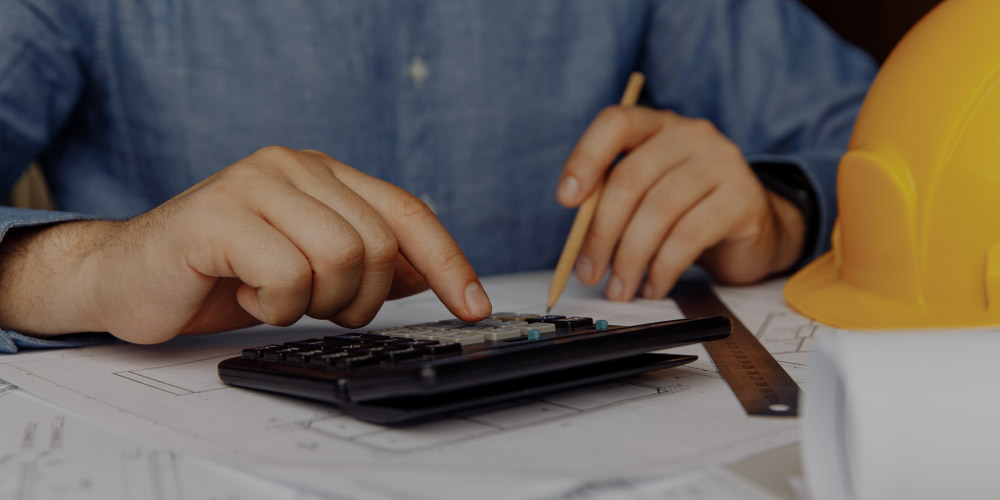
What Is a Home Construction Estimator
Estimators are useful for homeowners and builders alike because they provide a point of reference. Rather than guessing, you can make decisions and budget accordingly.
Factors That Affect Home Construction Costs
Your home price depends on multiple key factors, which need to be understood before starting the calculation process. These factors determine the wide range of costs associated with home construction.
Location
Where you construct counts significantly.
- Urban vs. rural: Constructing in a big city such as New York or San Francisco tends to be more expensive because labor and land prices are high.
- Climate: In Florida, you may require hurricane-proof features. In Minnesota, you will need improved insulation. These all contribute to expense.
Design & Size
- The bigger the house, the higher the cost — but not always proportionally.
- The cost of custom homes, which are constructed from the ground up exceeds the price of modular homes, which are built as individual components.
- The standard price for building one square foot of home construction falls within $150 to $250 nationally; however, builders must increase prices for luxurious homes or those located in isolated regions.
Materials
- Prices of lumber, concrete, roofing, and other materials have changed a lot since 2020.
- Want quartz countertops instead of laminate? That upgrade alone can add thousands to your budget.
Labor & Permits
- Contractors usually charge between $50 and $150 per hour, depending on your location and the type of work.
- Permit costs vary, but a general estimate for a single-family home is between $1,200 and $2,000.
How to Estimate New Home Construction Costs (Step-by-Step)
Now, let’s get into the process of actual estimating. Here’s a simplified step-by-step method you can use.
Step 1: Define Your Project Scope
Start by gathering the basics:
- Total square footage
- Number of stories
- Layout and architectural style
- Location and site conditions
Step 2: Break Down the Cost Categories
Divide the project into parts and estimate each one:
- Land clearing and excavation
- Foundation
- Framing
- Roofing and siding
- Plumbing, electrical, HVAC systems
- Insulation and drywall
- Flooring and finishes
- Cabinets and fixtures
- Landscaping
- Permits and inspection fees
Step 3: Choose Your Estimating Method
There are two main ways to estimate:
1. Square Foot Method
Multiply your total square footage by the average cost per square foot.
- Example: 2,000 sq.ft. × $200 = $400,000
2. Unit Cost Method
This is a more detailed method. You price each item or phase individually.
- Example:
- Roofing: $10,000
- Plumbing: $15,000
- HVAC: $18,000
- And so on.
Step 4: Add Hidden Costs
Many people forget about these until it’s too late:
- Soil testing
- Utility hookups
- Trash and debris removal
- Temporary fencing or on-site toilets
Step 5: Include a Contingency Fund
We recommend setting aside 10–15% of your total estimated cost to cover unexpected issues like material price hikes or weather delays.
Tools & Resources for Accurate Estimates
Getting a reliable estimate is easier when you use the right tools.
Software
- RSMeans Data: Widely used by professionals for accurate cost projections.
- HomeAdvisor Cost Guide: Offers price ranges based on your ZIP code.
- Buildertrend or CoConstruct: Ideal for contractors and advanced users.
Free Templates
- You can find or create a Google Sheets or Excel template to track your estimate by category. Want a custom one? We’ve got one available for download.
Industry Benchmarks
- The NAHB (National Association of Home Builders) shares cost breakdowns by percentage.
- The U.S. Census Bureau offers data on average construction costs per region.
Regional Construction Cost Variations in the U.S.
Here’s a general idea of what it costs to build in different parts of the country:
High-Cost States
- California, New York, and Hawaii
- $250–$400 per square foot
Mid-Range States
- Texas, Georgia, Florida
- $120–$200 per square foot
Low-Cost States
- Midwest regions like Ohio and Indiana
- $100–$180 per square foot
Keep in mind, even within a state, prices can differ between urban and rural areas.
How to Save Money Without Cutting Corners
You don’t have to sacrifice quality to save money. Try these tips:
Smart Ways to Cut Costs
- Use prefabricated or modular materials
- Keep the floor plan simple — fewer corners = less labor
- Take advantage of energy efficiency incentives and tax credits
- Buy materials in bulk or during sales
Red Flags to Watch Out For
- Contractors who bid much lower than others — they might be cutting corners
- Skipping permits to save time or money — this could lead to fines or issues during resale
When to Hire a Professional Estimator
In some cases, doing it yourself might not be enough.
Consider hiring a professional if:
- Your project is large or custom-designed
- You’re building on a difficult or uneven lot
- You need detailed budgets for lenders or banks
- You have limited knowledge of construction
A professional can help avoid costly mistakes and make sure your numbers are on target.
FAQs
Are there hidden costs in construction?
Yes. Things like site preparation, additional permits, or unexpected material shortages can add costs. Always plan for extras.
What’s the most expensive part of building a home?
Usually, it’s the framing, foundation, or interior finishes (like kitchens and bathrooms).
How do I verify a contractor’s estimate?
Get at least 3 quotes, ask for itemized breakdowns, and compare them to online tools or professional data sources like RSMeans.
Conclusion
A solid cost estimate is the foundation of a successful home construction project. If you’re a homeowner, builder, or investor, knowing how costs are arrived at will help you make the right decisions, stay on budget, and make your dream come true without hidden expenses.
If you are planning a building project and would like assistance in obtaining precise, professional-level estimates, our crew at Prime Estimation is standing by to serve. We can provide detailed cost-estimation services specific to your project scope, design, and location.




